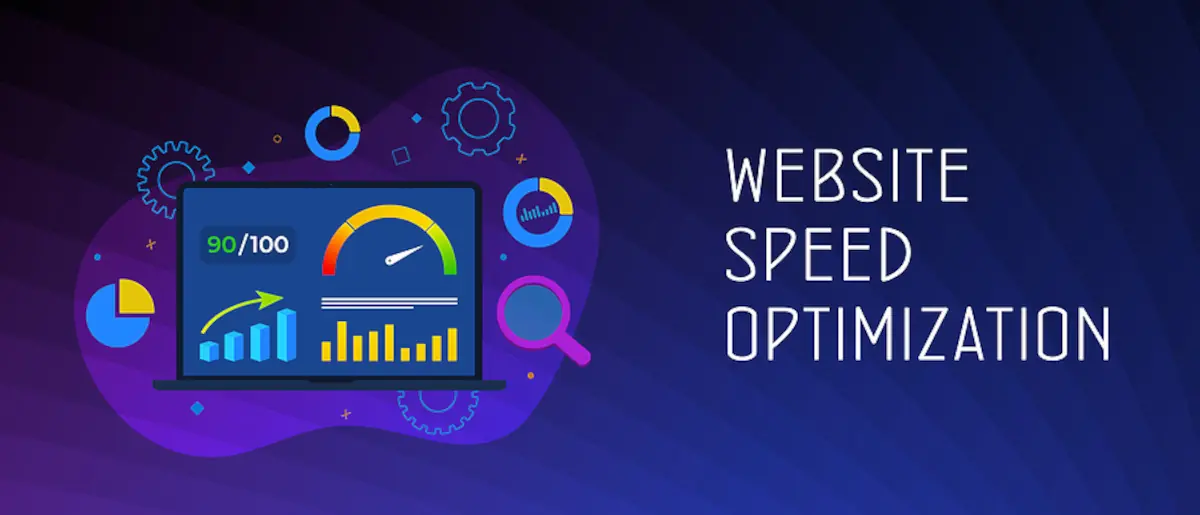Blitz News Digest
Stay updated with the latest trends and insights.
Speed Demons: Turbocharge Your Website's Performance
Unlock lightning-fast loading times and supercharge your site’s performance! Discover essential tips to become a speed demon today!
The Top 10 Tips to Turbocharge Your Website Performance
In today's digital landscape, website performance is crucial for user experience and search engine optimization. To turbocharge your website performance, consider implementing the following tips:
- Optimize Images: Compress images without sacrificing quality to improve load times.
- Minimize HTTP Requests: Reduce the number of elements on your page to decrease loading time.
- Enable Browser Caching: Allow browsers to store resources locally to speed up repeat visits.
- Use a Content Delivery Network (CDN): Distribute your content globally for faster access.
- Minify CSS and JavaScript: Remove unnecessary characters to streamline these files.
Additionally, adopting practices such as asynchronous loading for CSS and JavaScript can prevent render-blocking, leading to a smoother user experience. It's also essential to regularly monitor website performance using tools like Google PageSpeed Insights to identify areas for improvement. Implementing responsive design ensures your site performs well on all devices, further enhancing user satisfaction.
- Enable Gzip Compression: Reduce the size of your files to speed up their transfer.
- Limit Redirects: Each redirect can create additional HTTP requests.
- Choose Reliable Hosting: A good web hosting provider contributes significantly to performance.
- Keep Software Updated: Regular updates ensure maximum efficiency and security.
- Regularly Test Your Site: Keep an eye on performance metrics and adjust accordingly.

Common Website Speed Issues: How to Identify and Fix Them
Website speed is crucial for user experience and SEO. Common issues that can slow down your website include large images, excessive HTTP requests, and unoptimized code. To identify these bottlenecks, you can use tools like Google PageSpeed Insights or GTmetrix, which analyze your site and provide insights into loading times and performance metrics. Focus on areas like JavaScript and CSS that might be blocking your page from loading efficiently.
Once you've identified the issues, fixing them can significantly enhance your website's speed. Start by compressing images to reduce their file size without losing quality. Next, consider minimizing the number of HTTP requests by combining CSS and JavaScript files. Implementing browser caching can also improve load times for returning visitors. By addressing these common website speed issues, you not only improve user satisfaction but also bolster your site's SEO performance.
Is Your Website Slow? Here’s How to Boost Its Speed Instantly
Is your website slow? If so, you're likely losing visitors and potential customers. A slow-loading website can frustrate users, leading them to abandon your site in favor of faster alternatives. To enhance user experience and boost your site's performance, consider implementing the following techniques: optimize images, minimize HTTP requests, and enable browser caching. These key strategies can drastically improve load times and help keep your audience engaged, ultimately benefiting your site's SEO rankings.
Additionally, performing regular speed tests is crucial for monitoring your website's performance. Tools such as Google PageSpeed Insights or GTmetrix can provide valuable insights into your site’s speed and offer actionable recommendations. Furthermore, if your hosting plan allows, consider upgrading to a faster server, or even switching to a content delivery network (CDN) to distribute your content globally. By addressing these factors, you can ensure that your website runs smoothly, providing a seamless experience for users and increasing your chances of conversion.